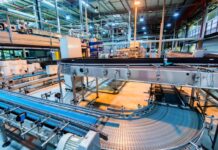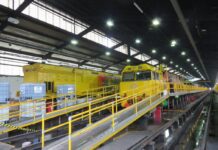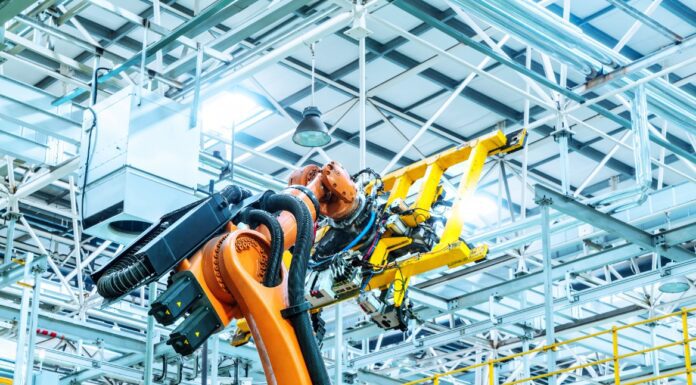Media Release
Orica (ASX: ORI) today announced its ambition to achieve net zero emissions by 2050, covering scope 1 and 2 greenhouse gas (GHG) emissions and its most material scope 3 GHG emission sources1’2.The ambition builds on Orica’s previously announced medium-term target to reduce scope 1 and 2 operational emissions by at least 40% by 20303.
- Continue to reduce its operational footprint: prioritising scope 1 and 2 operational emissions reductions by deploying tertiary catalyst abatement technology, sourcing renewable energy and optimising energy efficiency and industrial processes;
- Collaborate with its suppliers: as new and emerging technologies scale and become commercial, partner with suppliers to source lower emissions intensity ammonium nitrate (AN) and ammonia to reduce Orica’s scope 3 emissions, which account for approximately 70 per cent of Orica’s total scope 3 emissions;
- Prioritise lower carbon solutions: developing lower carbon AN, as well as new products, services and technology offerings to help customers achieve their own sustainability goals; and
- Report progress: transparently disclose performance consistent with the recommendations of the Task Force on Climate-Related Financial Disclosure4.
Orica Managing Director and Chief Executive Officer, Sanjeev Gandhi, said: “Our ambition of net zero emissions by 2050 shows our commitment to playing a part in achieving the goals of the Paris Agreement5. This is a strong signal that the decarbonisation of Orica will, and must, continue beyond 2030 and requires a collaborative approach across all of our stakeholders.
“We’re making solid progress having already achieved a 9 per cent emissions reduction in FY2020 and further reductions this financial year. We’ve taken our 2030 medium-term target and extended our planning over the long term, developing a credible roadmap to support our ambition to achieve net zero emissions by 2050.
“Over the next decade, Orica is deploying tertiary catalyst abatement, prioritising renewable energy opportunities and supporting a trial of carbon capture utilisation and storage technology. Beyond 2030, how we achieve our ambition is dependent on effective global policy frameworks, supportive regulation and financial incentives, and access to new and emerging technologies operating at commercial scale.
“Orica is a company with a long history of technical innovation which is already helping our customers improve mine site safety, productivity and efficiency. We will apply the same approach by deploying low-emissions technologies to our major manufacturing sites and working with our global suppliers and stakeholders on reducing the footprint of our supply chain.”
Taking action on climate change
Orica has already undertaken a number of initiatives to drive action towards its medium-term target and support its 2050 net zero emissions ambition.
In FY2020, Orica’s Bontang AN manufacturing facility in Indonesia recorded a 43 per cent6 reduction in net emissions and its Kooragang Island nitrates manufacturing plant in Australia achieved a 6.3 per cent7 reduction in net emissions, by replacing and improving the performance of selective catalyst abatement technologies.
In partnership with the Alberta Government this year, Orica’s Carseland AN manufacturing facility in Canada has commissioned tertiary catalyst abatement technology, reducing emissions by approximately 83,000 tCO2e per year. Orica has assigned approximately $45 million over the next 5 years in capital to deploy similar tertiary abatement technology across its Australian ammonium nitrate sites, which could deliver 750,000 tCO2e reduction annually.
Orica will also support the construction of a mobile demonstration plant of carbon capture, utilisation and storage (CCUS) technology at its Kooragang Island manufacturing facility, led by Mineral Carbonation International, in partnership with the Federal Government and the University of Newcastle. The plant is scheduled to be built on Orica’s Kooragang Island site by the end of 2023, and have direct access to approximately 250 thousand tonnes of captured CO2 from Orica’s manufacturing operations.
As a founding member of the Australian Industry Energy Transitions Initiative, Orica is committed to working with government, industry, customers and civil society, to forge a pathway towards decarbonisation through tangible action and collaboration.
Further details on the ambition statement, Orica’s actions to reduce emissions and decarbonisation planning and roadmap will be detailed in the Annual Reporting Suite due for release in November 2021.
.png)

Orica’s ambition statement
Building on our commitment to reduce our operational greenhouse gas (GHG) emissions by at least 40% by 2030, we have now set an ambition to achieve net zero emissions by 2050. Our net zero emissions ambition covers our global scope 1 & scope 2 GHG emissions under our direct control, and material* scope 3 GHG emission sources. We will engage with our suppliers and customers to support technological solutions for decarbonisation. Achieving this ambition will require effective government policy frameworks, supportive regulation and financial incentives, and access to new low-carbon technologies operating at commercial scale.
References:
1Achieving this ambition will require effective government policy frameworks, supportive regulation and financial incentives, and access to new low-carbon technologies operating at commercial scale.
2Material means the scope 1 and scope 2 GHG emissions embodied in purchased ammonia and ammonium nitrate included in Orica’s scope 3 reporting category of purchased goods and services. These comprise around two-thirds of Orica’s scope 3 emissions footprint.
3Based on 2019 levels. Applies to existing operations. Base year emissions will be recalculated consistent with emissions accounting protocols if methodologies are updated or structural changes occur such as acquisitions or divestments.
4TCFD – The Financial Stability Board created the Task Force on Climate-related Financial Disclosures (TCFD) to improve and increase reporting of climate-related financial information by companies, banks and investors.
5On 12 December 2015, parties to the United Nations Framework Convention on Climate Change (UNFCCC) reached a landmark agreement to combat climate change and to accelerate and intensify the actions and investments needed for a sustainable low carbon future. This is known as the Paris Agreement.
6For further information on emissions reduction at our Bontang, Indonesia facility, please refer to our 2020 Sustainability Report.
7For further information on emissions reduction at our Kooragang Island, Australia facility, please refer to our 2020 Sustainability Report.




















